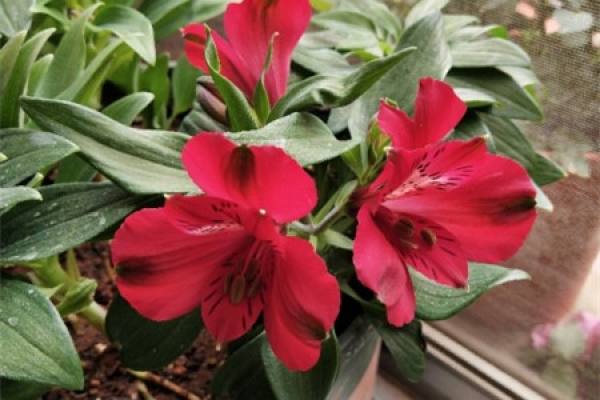1. Light: the Narcissus Lily needs sufficient light during the flower bud development period. Lack of light can easily lead to poor development and leaves falling. But summer needs appropriate shade, and every other period of time to turn a flowerpot, to ensure uniform light.
2. Temperature: in the early growth stage of Narcissus lily, the temperature should be controlled at 5-13 ℃. When the temperature is too high, shade or spray water is needed to cool down. After its rhizome grows, the temperature can be increased properly, generally at 18 - 25 ℃.

3. Watering: keep the substrate moist during the growth period of Narcissus lily, but not too damp, otherwise it will affect the root respiration. Generally, watering in the early morning is more conducive to absorption. Usually can also spray water, increase the humidity of the environment.
4. Fertilization: fertilization should be started one month after the planting of Narcissus lily. Generally every 5 - 7 days, fertilizer to nitrogen based, to less phosphorus, to avoid burning leaves.

Lily of Narcissus is usually propagated by scale cutting. After cutting, there will be small balls, which can become seed balls after proper cultivation. Can also use the way of tissue culture, can quickly cultivate high quality seedlings.

1. Diseases: common diseases include epidemic disease, grey mould disease and virus disease. Among them, Phytophthora Blight damages rhizome and easily leads to wilt and death. It can be treated with aluminum ethophosphate solution. Botrytis cinerea is harmful to leaves and flowers, which can be controlled by thiophanate methyl solution. Virus disease can cause plant dwarf deformity, can use virus Ning solution to treat
2. Pests: the main pests are aphids, Liriomyza melanogaster and underground pests. After occurrence of insect pest, it is necessary to remove the pest, cut off the diseased branches and leaves, spray pesticide to eliminate the pest.